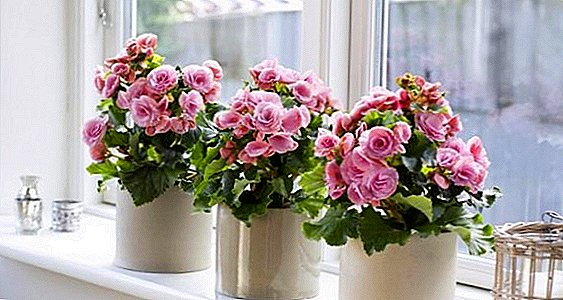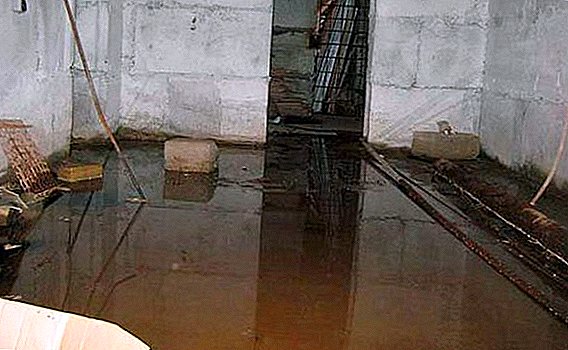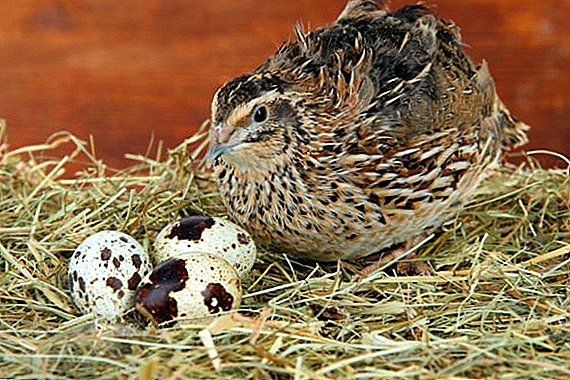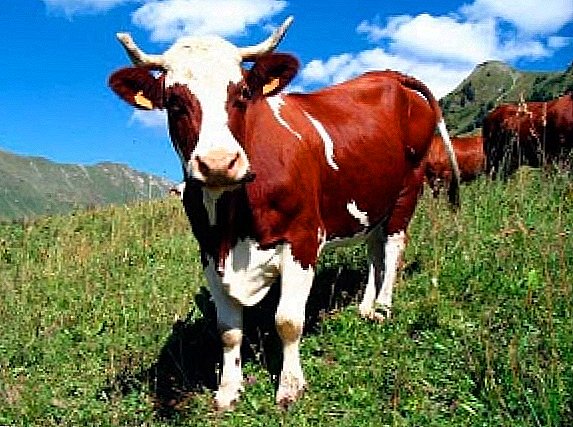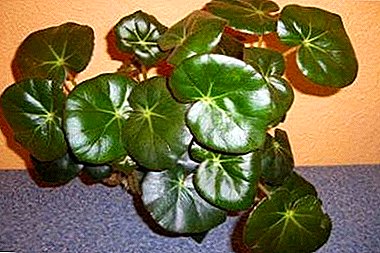
Begonia is a unique plant. It can be called as decorative leafy, and decorative flowering. Even the most picky gardener among a huge palette of varieties will be able to find a suitable one.
Among this type of begonia can be found and the usual herbaceous plants, shrubs and shrubs. Begonia Fista looks great in pots on the wall, shelves and flower stands. The flower will be a good addition to the collection of fans of indoor plants. In the summer it can be put on the balcony, not forgetting to create a shadow for him in other colors.
Botanical description and history
Begonia Fista is otherwise called the Red-leaved (other varieties of begonias with red leaves are described in detail in this article). Her homeland is South America. This variety of plant has roundish, fleshy leaves that grow up to 12 cm wide, 15 cm long. Light green stems:
- short;
- strong;
- fatty.
The root system is distinguished by its strength and ability to grow rapidly.
Description of the appearance of indoor plants
The outer surface of the sheet glossy color, and the back side has a reddish or burgundy shade. Fista begonia grows lush but compact bush, so it looks very good in a small pot. Adult plants grow to a height of not more than 25 cm. The peculiarities of this type of plant are:
- catchy appearance;
- lack of care;
- the possibility of good development in artificial light;
- small size.
Fist's begonia is valued for its rare leaf appearance. Blossoms in small pink inflorescences.
A photo
You will see a photo of a flower:




Where and how to plant?
They plant the Red Begonia in the spring before it blooms or after. For planting choose flat pots, because the roots deep into the soil do not go deep. The root system grows over long distances. It is best to take low plastic or clay, but wide pots. Wooden and metal vases are not recommended, as the metal will rust against water and the wood will crack.
Lighting and location
The Begonia Fista needs a lot of light, but if it hits direct sunlight, it burns its leaves. Light must be diffused. Therefore, if the flower is on the windowsill, then in the evening and morning time it can be in the sun, and the rest he needs to create a shadow. This can be done using:
- gauze;
- papers;
- jalousie.
Begonia badly transfers, therefore, about the place where he will be, you need to take care in advance.
Important. On begonia destructive drafts.
Other flowers are very close to this flower is not necessary, otherwise it will not have enough fresh air. The plant is quite normal for a lack of sunny color, but if it lasts a long time, the leaves become sluggish and lose their brightness.
Soil requirements
Begonia grows well and develops in loose, breathable soil. In its composition should be:
- humus;
- sand;
- peat;
- turf and leaf land.
When planting, it is not recommended to immediately fill the entire pot with soil; this should be done as the root system grows. Transplantation is advised to hold the next day after the flower is poured.
Home care
 Begonia Fista loves consistency, bad response to dramatic changes. Unlike other flowering varieties, it needs to be watered less often. In the summer months, once a week is enough, winter - once a month. You need to try not to pour on the leaves.
Begonia Fista loves consistency, bad response to dramatic changes. Unlike other flowering varieties, it needs to be watered less often. In the summer months, once a week is enough, winter - once a month. You need to try not to pour on the leaves.
The plant requires high humidity all year round. To maintain this, it is enough to constantly spray the air around the flowerpot with a flower or place a container with water next to it.
If in the summer begonia will be in a room with a high temperature, then it can badly affect the leaves, they will start to wither. therefore temperature should be from 18 ° С to 26 ° С. We can not allow sudden drops, especially when flowering. In winter, the temperature should not be below 14 ° C. If at this time she will not get the light, you will need to organize additional lighting.
Fista, like all plants, needs feeding. In winter, 1 time per month, and the rest 1 time in 2 weeks, but during active growth and flowering, this should be done more often - 3-4 times. For feeding, it is recommended to use diluted:
- complex mineral fertilizers;
- bird droppings;
- rotted manure.
From nitrogen fertilizers the leaves will be fat, and the plant will bloom more slowly or may completely stop.
When a dormant state occurs, Fistu does not need to be fertilized., watering is required very rarely. In the case of dropping plant leaves, you need to cut the tip.
Begonia refers to those colors that are adversely affected by the products of combustion, so it is not advised to put it in the kitchen. When transporting with a flower, you need to be careful, as the leaves are fragile. So that the plant does not freeze, it must be hidden from the wind and drafts.
Common diseases and pests
Fista begonia is prone to diseases such as root rot and gray rot. When root rot affects the root system, which becomes burgundy or brown. Since the disease is not immediately noticeable, it is possible blackening of the leaves and shoots. In order to prevent the occurrence of this disease, it is necessary that the drainage system is well organized; the flower should not be poured with water.
Gray rot is a fungal disease. It manifests itself in the form of mold, from which you can get rid of if you turn the plant in the other direction. If the disease is started, the leaves become dark and eventually fall off. The reason lies in poor ventilation and excessively high humidity.
Fist's begonia often suffers from root rot. In this case, the trunk of the plant becomes black. The most common pest is a mealybug. He builds his nest at the bottom of the red leaf plate. It can be recognized by rough convolutions in the leaf axils. He weaves a fluffy web, so his other name is shaggy aphid. The appearance of this pest contributes to a large amount of accumulated dirt and dust.
Breeding features
Florists do not recommend forming the crown of the Begonia Fist.
This flower is cut only in order to get planting material.
For its reproduction using the method of grafting.
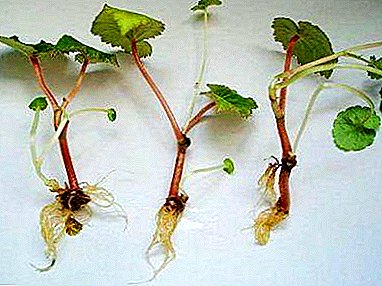 Carefully cut off the end of the growing rhizome.
Carefully cut off the end of the growing rhizome.- Then they take a 6-centimeter cutting and lower it into a hormonal preparation that helps to take root.
- For planting you need to prepare a pot diameter, which should be no more than 10 cm with holes for drainage. For the breeding procedure, you can use a mixture of wet sand and peat.
- Top of the stalk should cover with a glass jar and put in a warm room, which gets a lot of sunlight.
- After 2 weeks you need to fertilize the stalk.
- After a month, remove the jar and pour the plant abundantly.
The main decoration of the charming begonia Fista - its elegant leaves. This small herb attracts attention no less than its large varieties. It is very popular with flower growers.


 Carefully cut off the end of the growing rhizome.
Carefully cut off the end of the growing rhizome.
